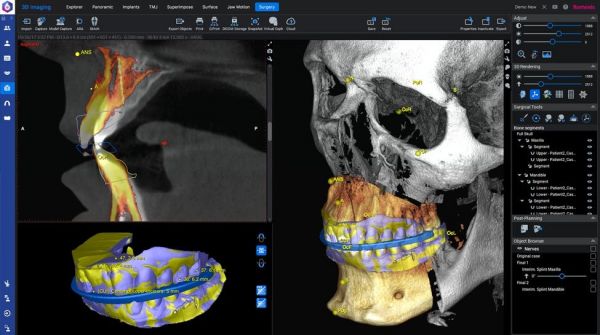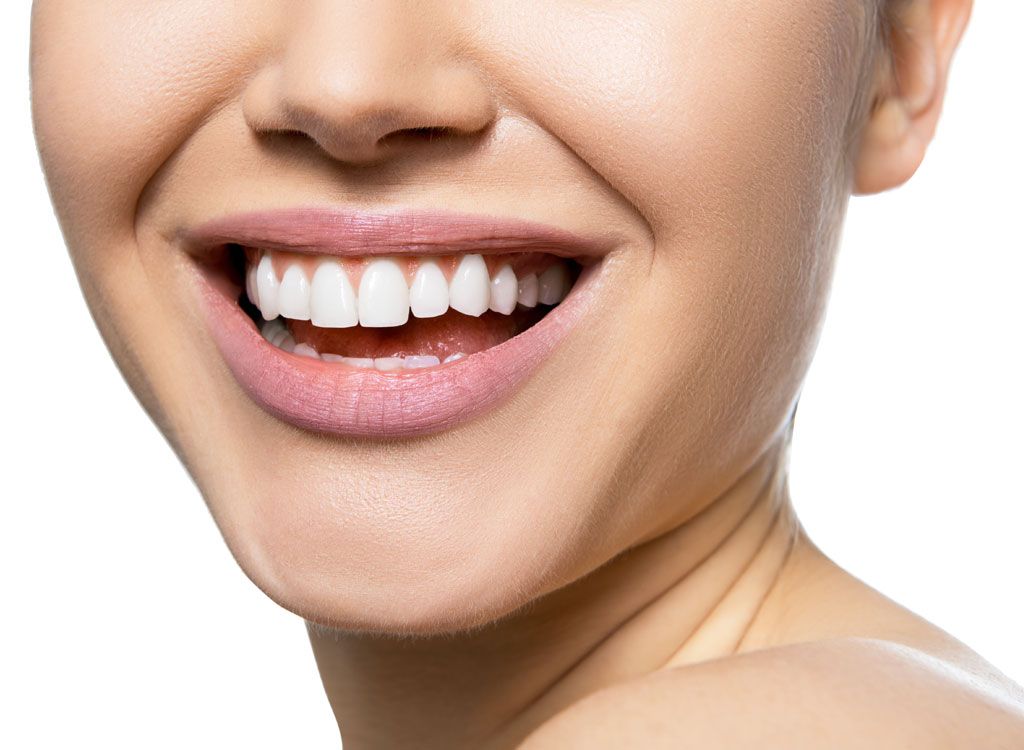-
Malocclusion treatment
Dysgnathia
Dysgnathia
What is a dysgnathia?
A dysgnathia (malocclusion) is an abnormal development that manifests itself as a pure malposition of the teeth or is characterised by an incorrect position of the jaws in relation to each other or to the rest of the skull.
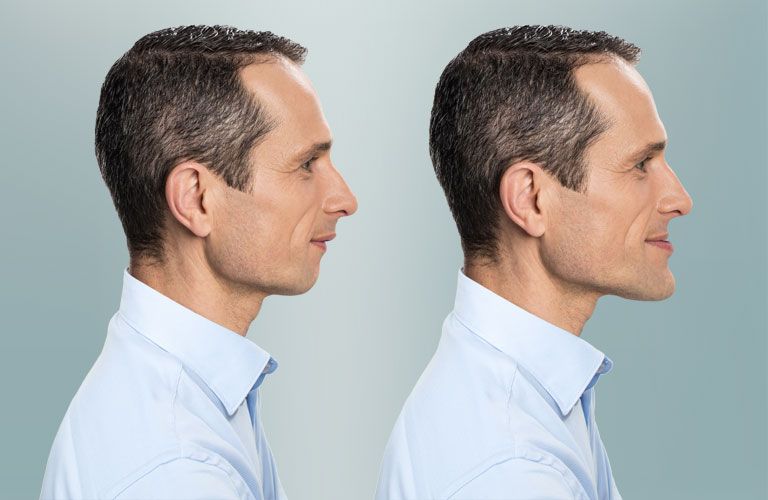
Causes of maldevelopment
We distinguish between congenital and acquired dysgnathia.
Congenital dysgnathies
In our practice in Berlin Mitte, patients with congenital malocclusions, which are due to genetic predispositions, often introduce themselves. Such dysgnathies often develop in the course of the physical growth phase before puberty due to disorders of jaw growth.
As a result of this maldevelopment, the jaws meet incorrectly or the jaws are located incorrectly in the skull itself. In this case we speak of a skeletal dysgnathia. If, on the other hand, it is a pure malposition of the teeth, it is a dental dysgnathia.
Acquired dysgnathia
In addition to the disorders of jaw growth, there are a number of other reasons that can lead to a malposition of the jaw. By an acquired dysgnathia we mean malocclusions caused by habits or external influences.
Habits and external influences include, for example:
- Excessive thumb sucking
- Extended use of a pacifier
- Premature loss of milk teeth due to caries
- Nocturnal grinding of teeth
- Lip presses
- Malfunctions of the tongue
- Jaw injuries
- Consequences of cleft lips, jaws and palates
- Mouth breathing
- Malfunctions during swallowing
Often no concrete cause can be determined and the dysgnathia develops only very gradually over a long period of time. Among the more exactly comprehensible reasons are for example concrete injuries, such as a fracture of the jaw as a result of an accident. Occasionally there are also injuries during the child’s growth phase, which can lead to a misalignment.
Appearances of dysgnathia
The malposition of the jaw shows very different degrees of expression and variations. The outwardly easily recognisable signs include various positions of the chin, including a clear forward inclination or a drop to the rear. Also a protrusion of the upper jaw and a hardly possible lip closure are conceivable.
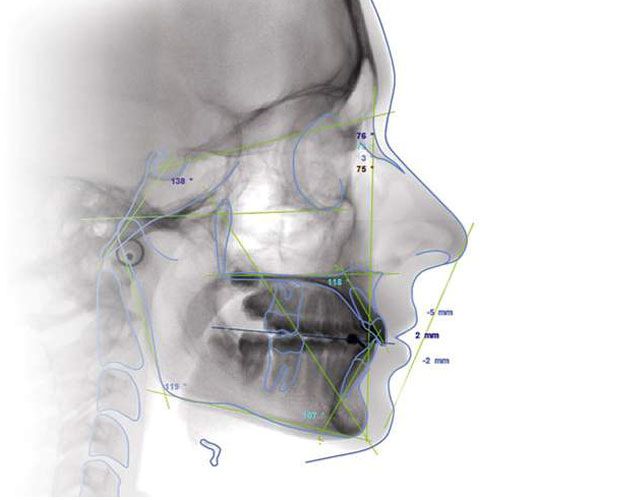
When should dysgnathia be treated?
In the majority of cases, dysgnathia must be treated. Self-healing does not take place. Dysgnathia is only rarely a purely aesthetic problem, but leads far more frequently to significant impairment of the chewing function and to health problems. Patients with malocclusion often show a more difficult lip closure or other symptoms, including pain in the head and neck area, as well as problems with the masticatory apparatus and cracking temporomandibular joints in places. In many cases there are also speech disorders and considerable muscular tensions emanating from the temporomandibular joints. In addition, chronic pain due to premature wear and tear of the temporomandibular joints is also known. Gastro-intestinal diseases or nocturnal breathing difficulties (snoring, sleep apnea) can also be caused by sygnathia. Facial expression is also frequently affected by dysgnathia and thus influences the harmony of facial expression.

The following are some of the malpositions requiring treatment:
- The underbite
An underbite (retrogression or retrognathia) is when the lower jaw is too far back in the mouth - The overbite
If the lower jaw, on the other hand, is too far forward, we speak of progeny or prognathism - The deep bite
When deep biting, the upper incisors extend too far downwards and cover the lower incisors beyond the normal size - The cover bite
During the covering bite, the upper incisors overlap the incisors in the lower jaw almost completely - Cross bite
In a cross bite, the lateral teeth of the upper jaw are too far inwards or the lateral teeth of the lower jaw are too far outwards - Open bite
In an open bite, there is a gap between the upper and lower incisors
Treatment options
Malpositions, which are mainly limited to the area of the teeth, can usually be treated in the form of orthodontic therapy. If, on the other hand, the jaw itself is involved, only an operative, maxillofacial adjustment procedure can be considered.
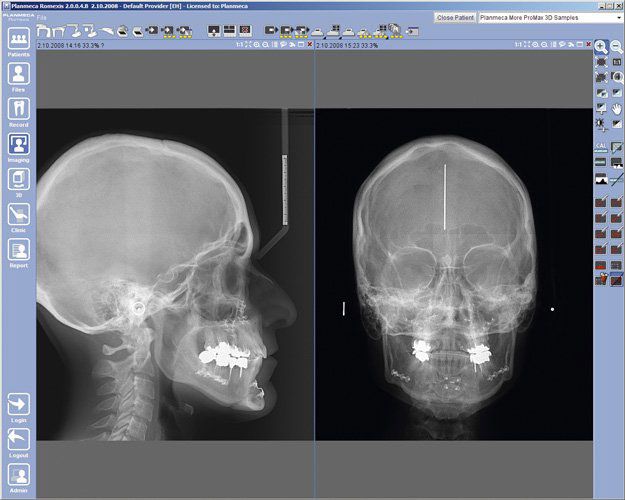
The following treatment procedure results from a surgical jaw repositioning.
- Before the operation, a visual simulation of the desired surgical result is prepared and individually compared with your wishes
- The procedure is performed using modern surgical techniques
- The changeover operation takes place under general anaesthesia
- The operation takes two to four hours, depending on the complexity of the procedure
- The procedure is performed via the oral cavity, so that no visible scars develop
- A gentle surgical method and bone-stabilising measures mean that the usual wiring can be dispensed with
- This is how you can open your mouth immediately after the operation
With surgery, we achieve optimal results in terms of function and aesthetics. Shortly after the operation you will notice a positive change in facial aesthetics and you will be able to chew and breathe better, which will have a positive effect on your overall physical health.
Dysgnathia – virtual treatment procedure
Over the years, we have cared for numerous patients in our practice and successfully treated them surgically on the upper and lower jaws.
Thanks to the most modern surgical methods and intensive and computer-assisted planning and execution of operations, dysgnathia treatment in our clinic is a safe and gentle procedure and is also recommended for patients at an advanced age. You will be able to open your mouth again shortly after the operation. The intake of soft food and dental care are also possible without any problems.
After the procedure
After the operation, a close follow-up care of several months is carried out. For approx. six weeks after the operation you may only eat soft food. Pay attention to very good oral hygiene. You must avoid heavy physical exertion. Smoking is not encouraged in the first weeks after the operation. The orthodontic fine adjustment begins a few weeks after the operation. Approximately six months after the operation, the metal is removed.
An overview of the most important facts about false bite correction:
Duration of operation: 1-4 hours
Anesthesia: General anesthesia
Ability to work: after 14-21 days
Wound healing: 14 days
Costs: 1.500 EUR – for planning (model production/model simulation/splint production)
We will be happy to advise you on dysgnathy therapy options in our practice for oral and maxillofacial surgery and look forward to hearing from you.
This might also be of interest to you
Dr. med. Sven Heinrich
Specialist for oral and maxillofacial surgery
plastic and aesthetic operations
– Focus of activities: implantology –
Address:
Friedrichstraße 63
(Entrance Mohrenstraße 17)
10117 Berlin
Opening hours
Mo. to Thu.:
08:00 – 18:00 o’clock
Friday by arrangement
Contact us
Phone: +49 (0) 30 / 84 52 48 88
Email: post@dr-heinrich.berlin
Appointment: arrange here



